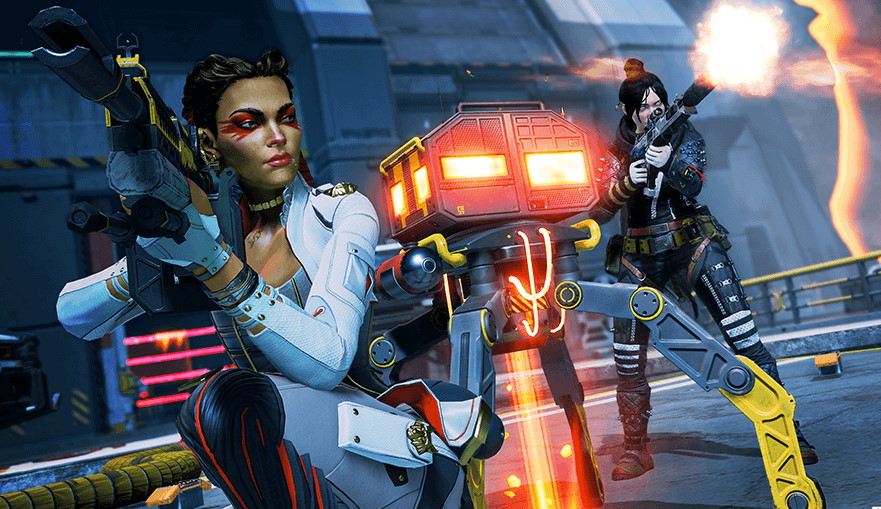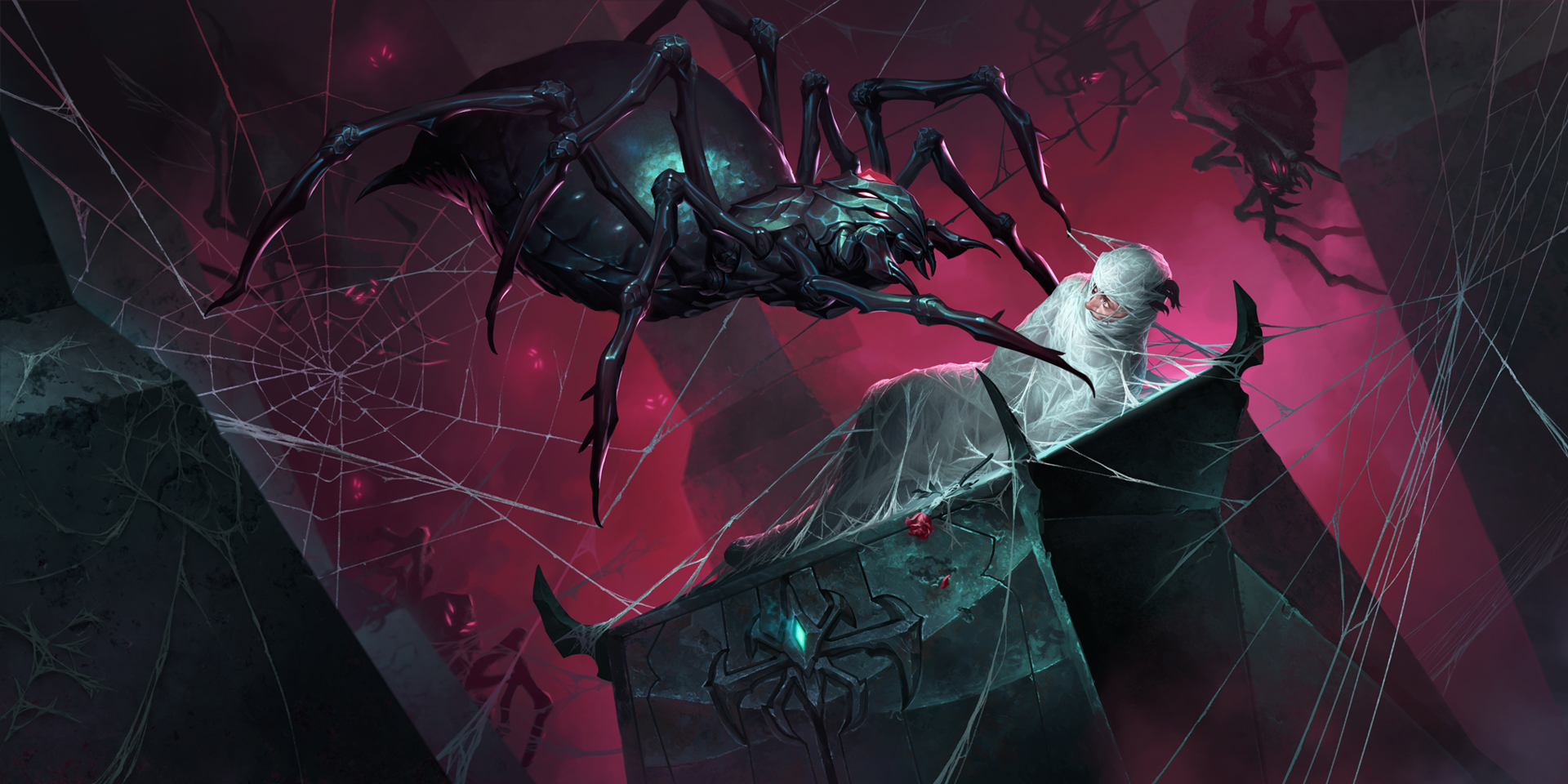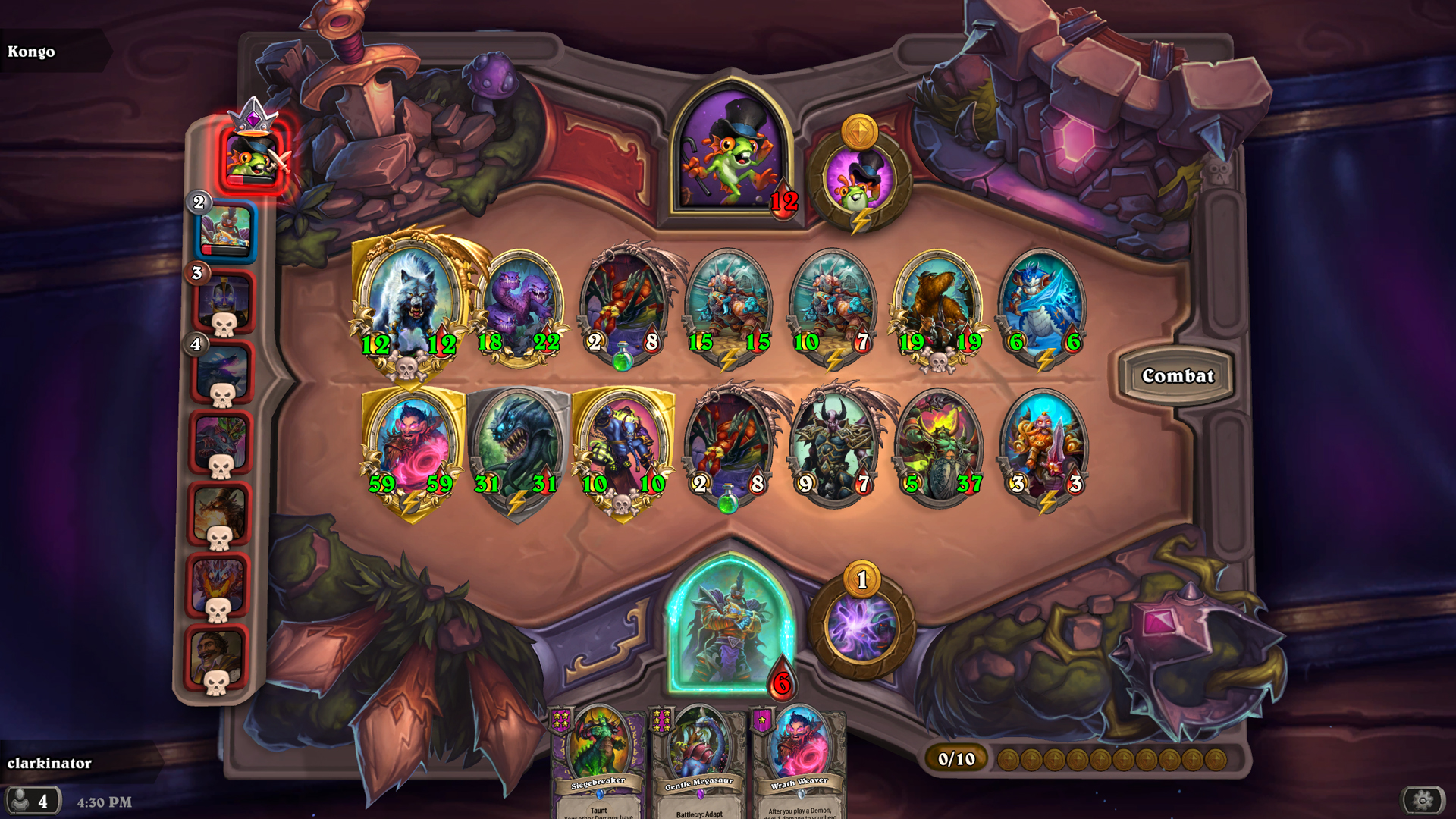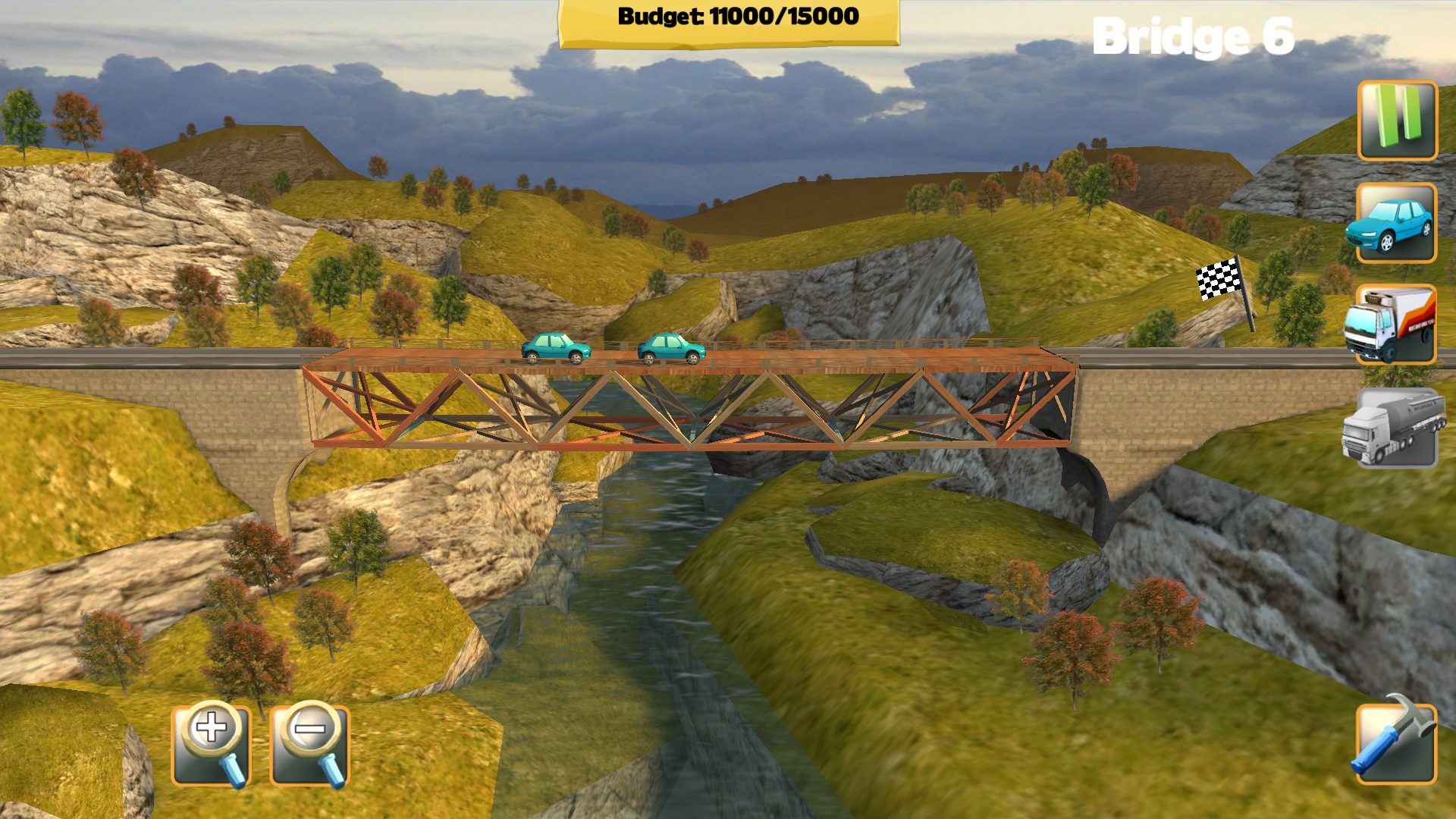PC Gamer plays: Apex Legends, Legends of Runeterra, Hearthstone Battlegrounds, and Bridge Constructor
Virtual card games are great, but it's good to just build a nice bridge once in a while.

Each month in the PC Gamer magazine we host a section called 'Now Playing', in which our writers recount adventures from games we've been playing recently. This month Phil's obsession with Apex Legends deepens, Robin explores some card lore, Tim gets his dragon on in Hearthstone, and Daniella finds peace building bridges.
Getting ever so slightly better in Apex Legends—Phil Savage

I’ve been playing Apex Legends pretty regularly throughout its fourth season, thanks largely to finding a regular group of friends who jump in for an evening each week. It’s the first time I’ve spent any real quality time with a battle royale, and it’s been something of a revelation. I always sensed I could enjoy the genre, but I’d never taken the time to learn how to be good at them. I’m still not good at Apex Legends, but I am getting better. I’ve even won a round.
Finally, one evening, it happened: my team was announced as the champion squad. With this came a lot of pressure, although I’d be hard pressed to explain why. I rarely pay attention to who I’m fighting in the game, let alone if they’re the champion team. So, it felt like there was some kind of expectation to at least not embarrass myself. That is not how things went down.
It’s not even like our previous match went spectacularly well. We were in the top three, with reasonably good (but not amazing) kit thanks to a successful period of pillaging other players’ supply drops. But we only had a couple of scrappy, early kills from an almost disastrous encounter in a train station. Since then we’d barely seen another player, and got cocky as a result.
Former PCG editor-in-chief Samuel Roberts and I split off from our teammate, PCG contributor Tom Hatfield, to hijack yet another supply drop. It was a mistake. Hatfield, who stayed back to provide overwatch from a nearby cliff, was ambushed. We ran back, but he was already downed. We managed to take out Tom’s attacker, but were flanked by his teammates. And like that, we were done. Third place; five kills. Not exactly spectacular.
Still, deserved or not, we were now the champion squad, and I was determined we’d take it at least somewhat seriously. That meant none of my usual recklessness: pushing for my team to land on the train, land on the party airship, land at the hot zone—all the places that guarantee a quick fight and, usually, an early death. Instead, I suggested the tower at the centre of the map, which is often quieter than its huge, imposing presence would suggest.
Only Samuel came at it from the wrong angle. We were too low. We didn’t have enough speed. We crashed onto the cliff that separates the tower from the city, and immediately a message appeared “RETURN TO THE BATTLE!”. We’d landed out of bounds—the game giving us 30 seconds to return to the map. One problem: we were stuck.
Keep up to date with the most important stories and the best deals, as picked by the PC Gamer team.
The ledge I’d landed on faced inwards at such an incline that I couldn’t run up it. I was wedged in. Helpless, I looked bitterly at the image of my character hanging from the nearby banner, advertising a proud member of the champion squad to all the map. The timer ran out, and our characters went down. The champions were out.
Finding narrative in Legends of Runeterra—Robin Valentine

There’s a lot to like about Riot’s new card game. I was drawn in by its generous business model, which does away with randomised packs entirely. I’m having a blast with its accessible yet intricate strategy, where every card feels impactful. But what I didn’t expect to love was its storytelling.
It’s a game that proves how flexible the medium can be in terms of crafting a narrative. The 1v1 fights of course don’t allow for a traditional, linear story, but through the cards’ art, descriptions, in-game mechanics, and combat dialogue, various subplots reveal themselves.
Take Arachnoid Sentry—a spider card that allows you to stun a unit. In the art and lore, it depicts the spider looking down from its hiding place on an arrogant noble arriving for a date with the mysterious Elise. The mechanics reflect what happens next—the spider ambushes and kidnaps the man, and other spider cards show him lost in a dark, arachnid-filled mansion. Hapless Aristocrat represents the man himself—a weak minion that, when it dies, summons a spider to replace it.
Over time, you notice more and more connections, building up the story organically as you play otherwise purely competitive matches. They paint a vivid picture of Elise, actually a spider-like succubus who both empowers and is empowered by her skittering minions. As you deploy them, the cards even talk to each other, the aristocrat babbling in her presence, and Elise expressing her distaste when a spider dies.
It’s one of a whole tangle of narratives, and each is designed to naturally emerge from different playstyles. Cards that go well together are more likely to have links and interactions, and their mechanics reflect the stories being told. Babbling Bjerg, a madman who raves about monsters lurking in the wilds, draws those monsters into your hand. The Lonely Poro helps summon more of his kind—and switches to being a Jubilant Poro when they appear. It’s a wonderfully evocative approach.
So much videogame storytelling is done purely through cutscenes and text—aping other mediums. LoR is a welcome demonstration that that doesn’t have to be the be-all, end-all. Even a 1v1 competitive card game can, with the right attention to detail, draw you into another world.
The latest update to Hearthstone Battlegrounds is dragons all the way down—Tim Clark

For some people, going to the cinema solo is a deal-breaker because of the worry about being silently judged as a dangerous loner. That doesn’t bother me, but I have started worrying about what the staff at my local bar make of me playing endless Hearthstone Battlegrounds while drinking dark and stormies on a Saturday night. In my defence, my other half is out of town, and the new update to the auto-battler- inspired mode is really good.
In a late February update, Blizzard added 18 new minions, 12 of which were dragons, and seven new heroes. Most of the new minions were designed exclusively for Battlegrounds and enable spicy synergies. Red Whelp deals scaling damage based on the number of friendly dragons, Drakonid Enforcer gains power from divine shields popping, and Hangry Dragon grows whenever you win a round. In the same patch, ten underperforming minions were rotated out to prevent the pool from getting too crowded.
Many things are impressive to me about the success of Battlegrounds, but what surprises me most is Blizzard’s ability to keep refreshing the mode without sacrificing what made it fun in the first place.
Part of the reason the dev is able to make big changes to Battlegrounds at such a regular clip is because the mode is ostensibly free. Yes, you need to buy a few packs to get access to a third hero choice at the start of each game, but it’s hardly necessary. That means Blizzard can remove a hero without much warning, without worrying about players grizzling about wasting cash on crafting him.
Another big difference between Battlegrounds and regular Hearthstone is that I don’t get anywhere near as furious. Even when you take a bad beating in Battlegrounds, you still have some amount of fun trying to cobble together a warband from the halt and lame minions you’ve been offered. In contrast, I often feel like games of Standard can be decided on turn three and the rest is just bleeding out or coasting to victory.
A colleague on GamesRadar puts it more succinctly, “Battlegrounds is about the excitement of what can go right, whereas Standard is the fear of what could go wrong.” Because finishing anywhere between first and fourth out of the eight players generates positive MMR, competing in Battlegrounds feels less brutal and binary. Saving a bad run by pivoting to Murlocs and scraping fourth is almost as good as coming first.
Where I was wrong about Battlegrounds is I thought that interest would dry up due to lack of depth, but there’s a ton to think about in any match: timing when to Tavern up, deciding to switch strategies, refining how to exploit the hero powers... there’s real mastery here. Just be aware that if you play drunk you’ll convince yourself that the barman is backing you to win.
Finding building nirvana in Bridge Constructor—Daniella Lucas

Recently I’ve been playing a lot of Dragon Quest Builders 2—it’s bright, funny and a prettier block-based builder than Minecraft. It was one of my favourite games of last year, but as much as I love it I’ve hit a wall. I’m getting sick of crafting.
There’s nothing worse than planning a cool castle build, getting 90 per cent of the way through all of the furnishings and detailing... then finding you’ve run out of sand to make the block you need to make the stairs version of said block for your construction. It turns a great, zen building session into a dull mining one. It completely breaks the flow.
Burned out by the back and forth of gathering and crafting I decided to seek out something that takes joy in the purity of construction. And so I turned to Bridge Constructor—a game as simple as its title.
Within 30 seconds of booting the game you’re making things. No chopping trees for wood or mining stone to make supports —just instant pieces placed with a few clicks. But just because it’s easy it doesn’t make it thoughtless—there’s an art to building the perfect bridge for any given crevasse. Your materials are limited—wooden planks, steel beams, concrete supports and wire cabling, but that’s all you need.
The pared-back options and focus on overpasses are the perfect combination to reach building nirvana. Quietly placing pieces for vehicles to cross over is weirdly meditative. Nothing else in the world matters, just me and my bridge.
I thought that perhaps building nothing but flyovers would get to me eventually, but there’s a puzzle to every gorge crossing, a mystery to solve to span each canyon. By having such limited materials and budget to play with the focus becomes efficiency through experimentation. Sure, a few of my most pretty bridges have crumbled into the sea and necessitated an ugly rebuild to get travellers from A to B, but there’s a beauty to that cycle of completion that other building and crafting games lack. When you’ve gathered all of your materials and finished your castle it can feel kind of empty—the fun is the creating not the finishing. Bridge Constructor constantly feeds that cycle, there’s always another bridge to build waiting for you.
Sometimes having too much choice can be paralysing—with so many things to craft, what if you settle on the ‘wrong’ one and make something you don’t like, wasting precious logs in the process?
You might not be able to make fortresses, airships or giant statues of 8-bit character art, but that doesn’t make Bridge Constructor any less of a builder. The purity of only being able to make one kind of things is weirdly freeing. It’s the perfect break when the never-ending cycle of crafting gets too much.

